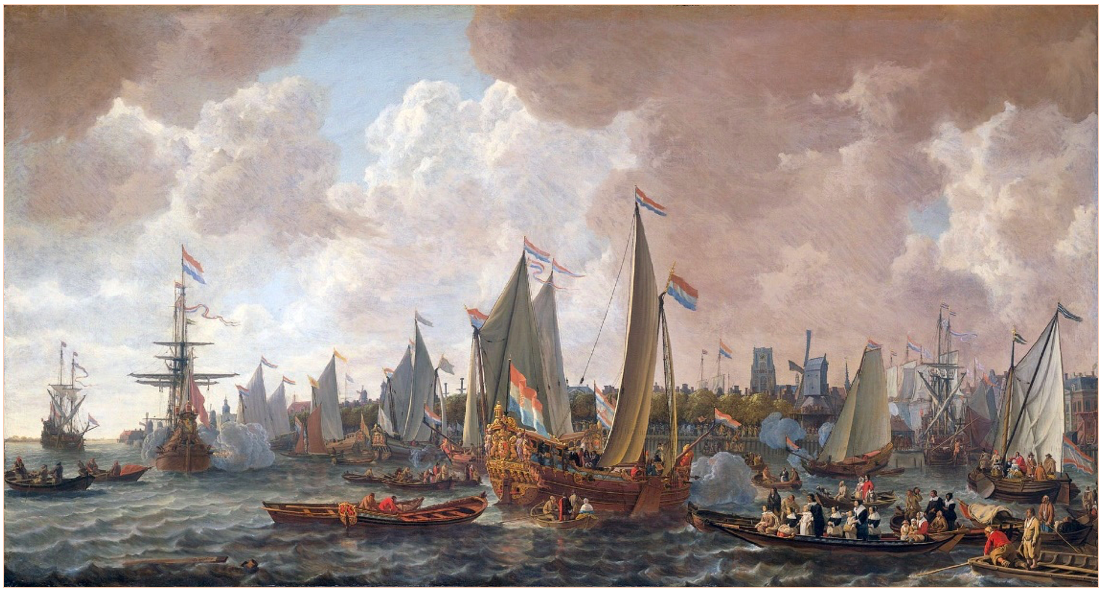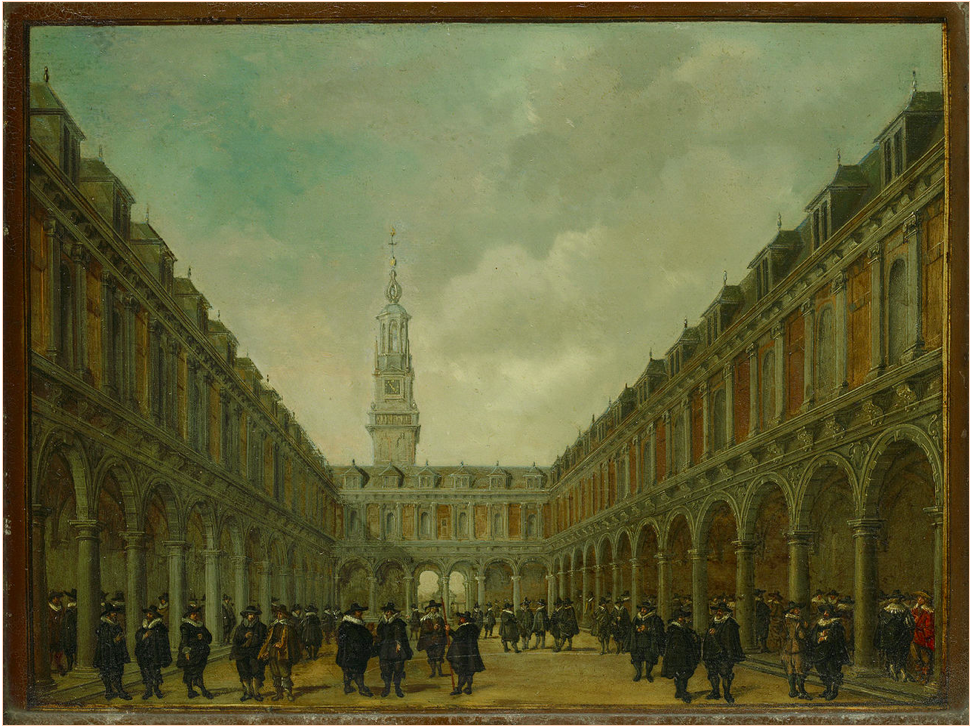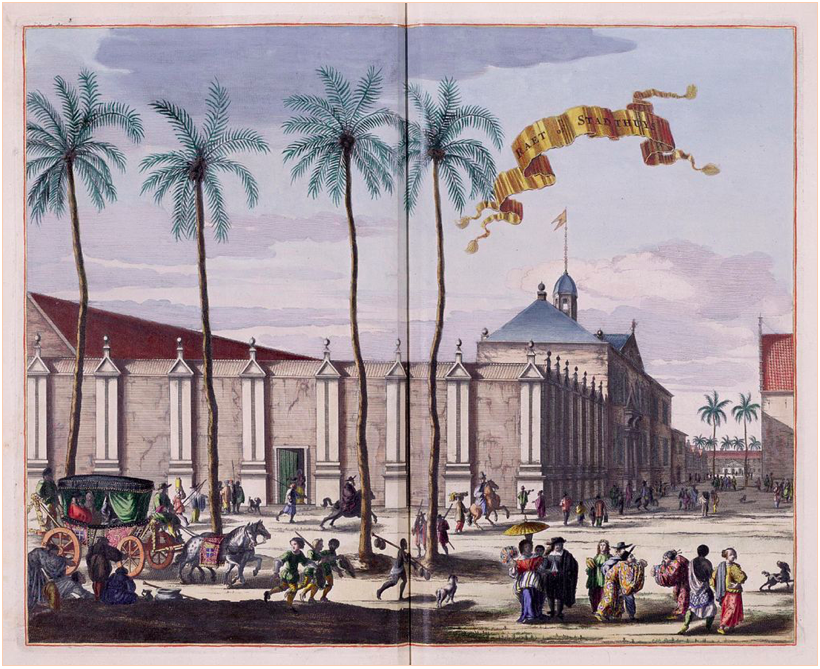History of the World’s Oldest Stock Exchange
The Amsterdam Stock Exchange (AEX), now referred to as Euronext Amsterdam, is the world’s oldest stock exchange still in use today. It originated in Amsterdam in 1602, after the establishment of the Dutch East India Company. The AEX was originally limited to trading Dutch East India Company securities, with the intention of developing financial and public support to continue exploratory voyages to East Asia.
Dutch lands were governed by the Austrian Habsburg Empire for several centuries, until they were given to Spanish Empire in 1567. This led to the beginning of the 80 years war against the Spanish, with the Dutch natives uniting and formally declaring independence in 1581. The economy at the time revolved around Dutch sea merchants reselling spices acquired by the Portuguese (from Asia and Africa) throughout Europe. The Spanish Empire gained control over Portugal, effectively halting the Dutch source of income. Dutch merchants started funding maiden voyages to the East with the intention of discovering trade routes to locations where spices were grown in abundance. During the first 6 years of exploration and of the 65 ships that set sail, 1 in 10 ships would be lost at sea. Those that returned lost on average two-thirds of their crews. Nonetheless, the Dutch were able to discover new trade routes and form prosperous trade centers.
(Fleet of the Dutch East India Company)
In order to finance the ongoing war against the Spanish, the merchants that sponsored voyages to the East banded together and formed the Dutch East India Company in 1602. The legislative branch of the Dutch Republic (1581-1795) bestowed upon the Dutch East India Company a 21-year charter (a written grant), giving the company autonomy over all financial, political and defensive endeavors. This gave the company the right to monopolize the trade in that area, to train an army, to declare war and to occupy foreign land. The Amsterdam Stock Exchange was created with the sole purpose of the funding this new company, through the selling of shares in exchange for a part of any future profits. This proved to be a popular idea among the Dutch, with the company raising over 6 million guilders (this would value at $110 million today). The AEX became the world’s first stock market and the bedrock of modern capitalism, while the Dutch East India Company became the world’s first publicly traded company.
(The Amsterdam Courtyard which turned into a Stock Market)
The Dutch were able to build colonies in Indonesia, India, Sri Lanka and various other parts of South-East Asia while conquering the remaining Portuguese strong-holds. These colonies were pivotal in solidifying Dutch dominance in the spice and silk trade. The expeditious success of the Dutch East India Company and the rising popularity of the AEX paved the way for the introduction of “Trading Clubs” that gave investors the chance to communicate with knowledgeable traders. The communal appeal for trading clubs generated the demand for brokers, a person who acted as an intermediary between the investor and the trader of the given share. Shareholders were permitted to engage in reselling their shares to other interested parties, creating secondary markets in Amsterdam and Batavia (the capital of Dutch East Asia). This led to the formation of the first Dutch multi-national corporation, advancing Amsterdam’s reputation as the financial capital of the world. To further improve the facilitation of trade, the Bank of Amsterdam was opened in 1609. In 1621, the Dutch West India Company was founded, following in the footsteps of the East India Company. This resulted in the Dutch colonization of parts of the Caribbean and South America, vastly expanding their global influence on trade.
(The Dutch City Hall in Batavia, Indonesia)
The Dutch eventually defeated the Spanish and were officially recognized as a sovereign nation in 1648. With the monopolization of the Dutch East India Company, profit margins were sometimes as high as 1500% on spices and silk. The Dutch diverted their attention and invested their excess wealth in land reclamation and the construction of dikes. Due to all the wealth accumulated over the 17th century, the Dutch gradually transitioned from being merchants and traders to becoming bankers and financiers in the 18th century. The latter half of the 18th century saw the Dutch involved in naval warfare against the English (their rivals in trade), and the collapse of the Dutch Republic at the hands of Napoleon Bonaparte in 1795. The Dutch East India Company closed in 1799 whereas the AEX largely diminished in size and popularity, not experiencing a resurgence till the mid 1800’s after the Dutch regained their independence from the French Empire.
The AEX proved to be the driving force behind the restoration of the nation and recovery of the economy throughout the 19th and 20th centuries. In 1997, the AEX merged with the European Options Exchange, and again in 2000 with the stock exchanges from Brussels and Paris, renaming itself as Euronext. Through its entire history, the AEX has guided the Netherlands to become one of the most stable and successful economies (per capita) to ever exist.



